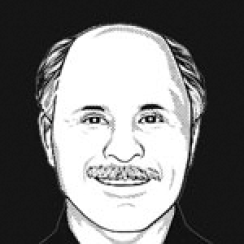Klarman Won’t Be Worried By Baupost’s Poor Performance
Seth Klarman’s Baupost Group is underperforming the Dow Industrials and S&P 500, rising only 1 percent in October, but his track record suggests that this won’t be too much of a concern for the canny investor.
Stephen Taub
November 15, 2010


